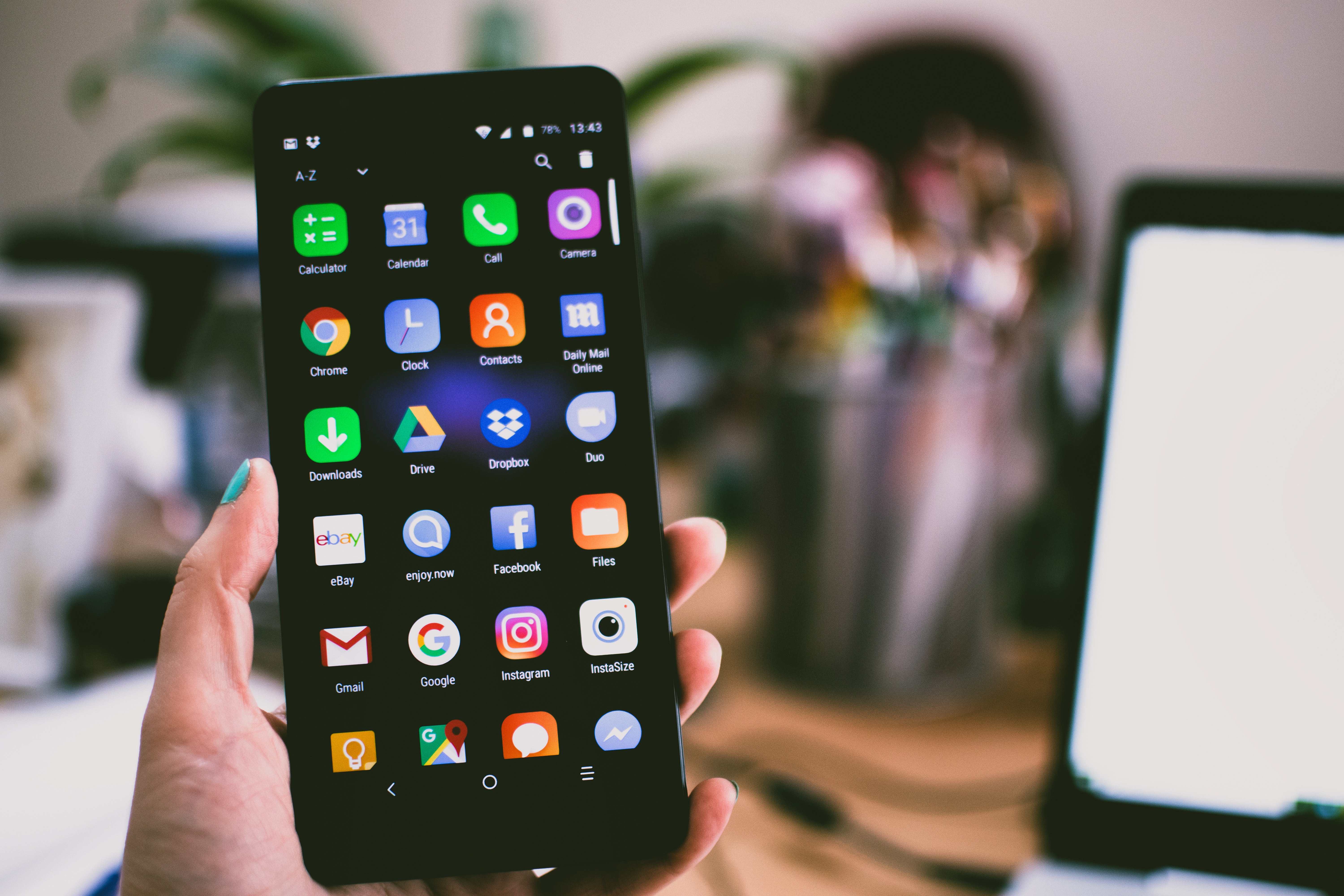Exploring the World of Mobile Phones: From Innovations to Everyday Use
Mobile devices shape how people connect, work, learn, and relax. From voice calls to powerful pocket computers, phones have rapidly evolved in design, capability, and cultural influence. This article explores the technology behind them, how they affect daily life, what to consider when buying, and where development may go next.

Mobile devices have transformed from single purpose handsets to versatile platforms that organize daily life. Their influence reaches communication, entertainment, productivity, navigation, and personal safety. Powerful processors, high quality cameras, and fast networks enable tasks once reserved for desktops. Yet these advances also raise questions about privacy, attention, and sustainability. Understanding how phones evolved, what features matter, and where innovation is heading helps readers make informed choices that suit real needs rather than trends.
The Evolution of Mobile Phone Technology
Early devices prioritized reliable voice service and long battery life. Over time, networks progressed from analog to digital and on to 3G, 4G, and 5G, each step improving speed and latency. Hardware miniaturization brought system on a chip designs that integrate CPU, GPU, AI engines, and modems. Displays moved from small LCD panels to larger OLED and high refresh screens. Camera systems now combine larger sensors, advanced optics, and computational photography. Software updates and app ecosystems turned phones into adaptable tools.
Smartphones: More Than Just Communication Devices
Modern smartphones function as cameras, navigation aids, music studios, and payment wallets. Sensors measure motion, location, light, and even pulse through connected accessories, enabling health and fitness tracking. Secure elements and biometrics support mobile banking and two factor authentication. Productivity apps handle documents, meetings, and cloud collaboration on the go. Entertainment spans streaming, gaming, and social platforms. Access to app marketplaces and accessories extends functionality, letting users tailor devices to personal and professional workflows.
The Impact of Mobile Phones on Society
Widespread connectivity supports education, civic participation, and emergency response. Small businesses use messaging, marketplaces, and digital payments to reach customers without large budgets. Remote work and teleconferencing rely on mobile data and hotspots. At the same time, constant notifications can fragment attention, and location data requires careful privacy settings. E waste and energy demand highlight the need for responsible manufacturing, recycling, and repair. Social norms continue to adapt through screen time habits, online etiquette, and digital well being features.
Choosing the Right Mobile Phone
Start with needs and budget, then weigh operating system preference, years of software support, and repair options in your area. Prioritize battery capacity and charging speed if mobility is key. For media creation, evaluate sensor size, optical stabilization, and low light performance. Gamers may value high refresh displays and efficient cooling. Frequent travelers should check 5G bands, eSIM, and satellite features. Durability matters too, including IP ratings, drop resistance, and quality cases from local services. Aim for a device you can maintain and update.
Future Trends in Mobile Phone Development
On device AI is accelerating tasks like image enhancement, translation, and voice assistance without sending data to the cloud. Connectivity is expanding with satellite messaging, Wi Fi improvements, and ultra wideband for precise location. Designs are exploring foldable and rollable screens that balance portability and productivity. Sustainability is gaining momentum through modular parts, recycled materials, and right to repair initiatives. Security may shift toward passkeys and hardware backed credentials. Phones will increasingly coordinate with wearables, vehicles, and home devices.
In a short time, mobile devices have become integral to work and personal life, blending communication, computing, and creativity. Their benefits are substantial when features align with real use and settings protect privacy and wellbeing. Looking ahead, advances in AI, materials, and connectivity will continue to reshape what a phone can do. Staying informed about capabilities, trade offs, and long term support helps users get value from devices they rely on every day.




